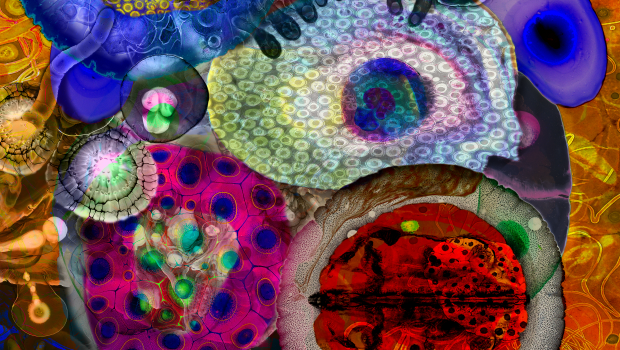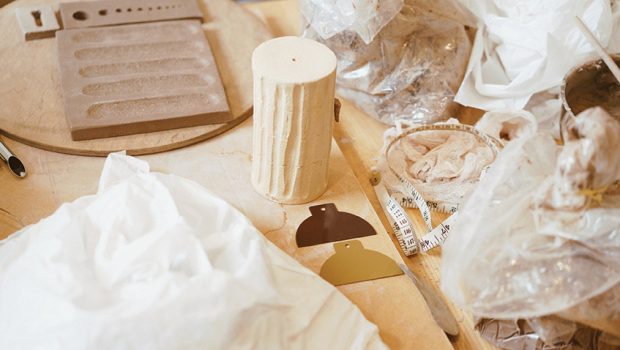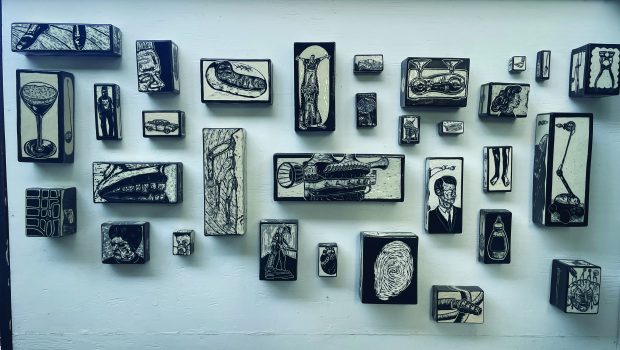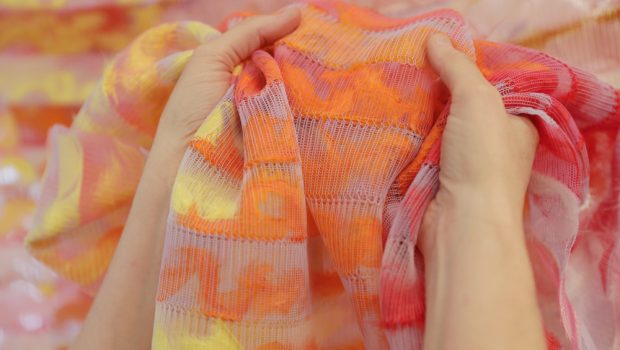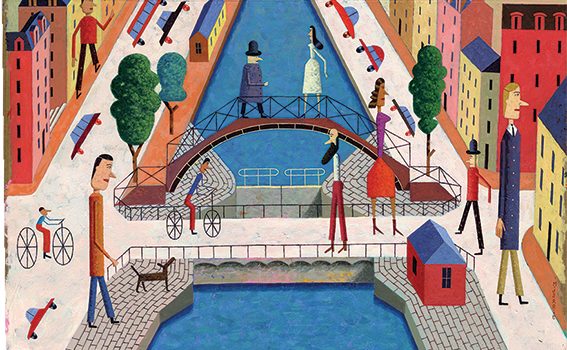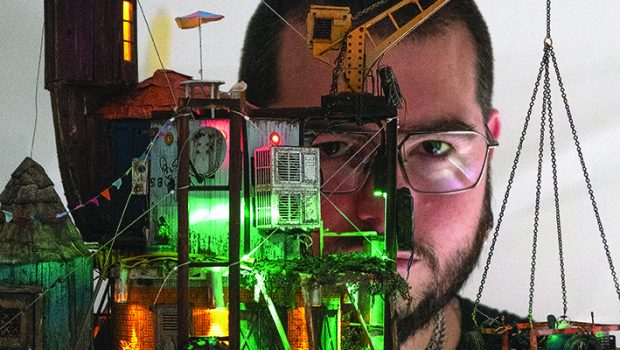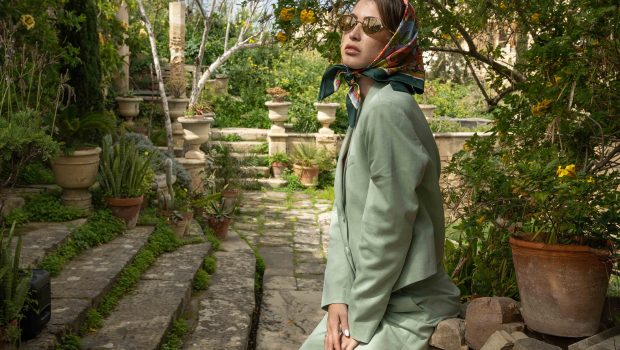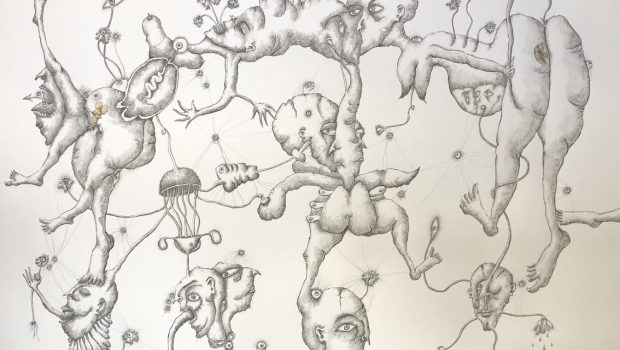The journey within
Lira Bekbolatova moves between music, writing and teaching, yet she resists being defined by any single role. Her work is bound by a search for honesty, for small moments of light that help people reconnect with themselves. Whether in her children’s books on self-acceptance, in songs that explore the many shades
Lira Bekbolatova moves between music, writing and teaching, yet she resists being defined by any single role. Her work is bound by a search for honesty, for small moments of light that help people reconnect with themselves. Whether in her children’s books on self-acceptance, in songs that explore the many shades of love, or in the safe spaces she creates for her students, Lira returns again and again to the themes of vulnerability and belonging. In this conversation, she speaks openly about self-doubt, the daily practice of self-love, and her wish for art to be less about performance and more about truth.
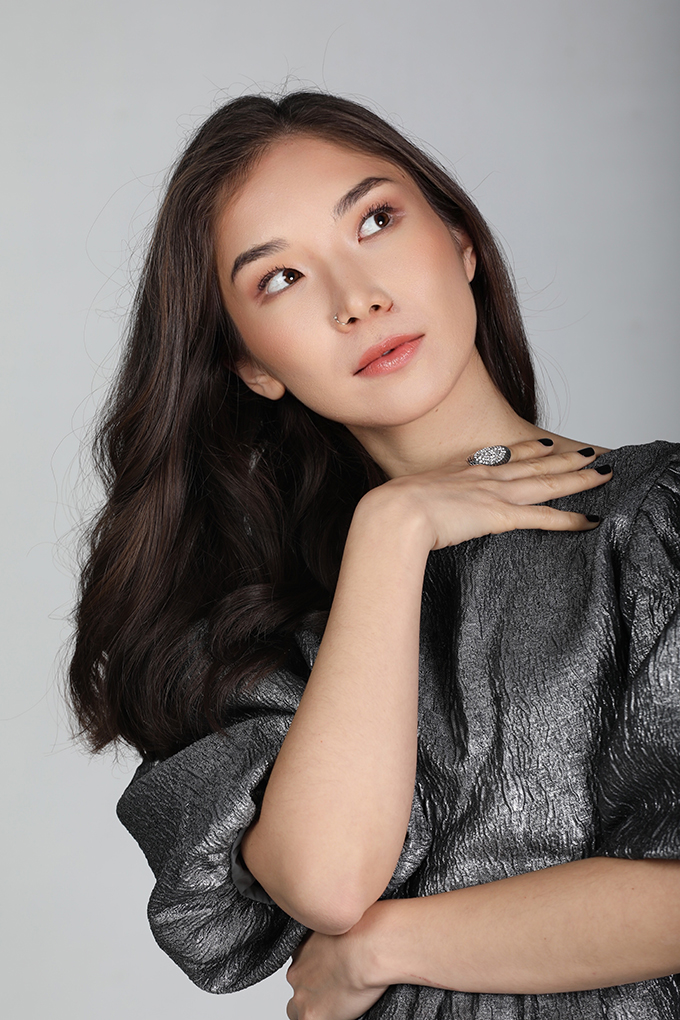
Lira, you are a musician, writer, and educator. Beyond these roles, how do you define yourself as an artist?
As an artist, I want to remind people of the beauty that already exists within them. My goal is to create spaces where they can reconnect with their inner world through creativity. I believe art should reflect truth, even when that truth feels raw or imperfect — and that often requires vulnerability, both for the artist and for those who engage with the work. For me, creating is also a way of making sense of the daily chaos that surrounds me.
You often speak about self-love and vulnerability. Why are these themes so important to you?
Because I’ve struggled with them myself. For a long time, I thought self-love was something you achieve once and for all, but I’ve learned it’s really a daily practice. Vulnerability, to me, feels like a new kind of luxury. In today’s world, people often feel pressured to project perfection out of fear of rejection for simply being who they are. This fear creates isolation, making it harder to create and maintain authentic connections. By embracing vulnerability, we open the door to deeper, more meaningful relationships, which is why I try to infuse my work with raw, honest emotions.
Your books, Bella’s Adventure and My Secret Wolf, explore mental health and self-acceptance. How do they reflect your own journey?
These books are very personal, even though they are written for children. I wanted to create stories that encourage self-acceptance and emotional awareness from an early age. I believe that the way we speak to ourselves as adults is shaped in childhood, so if I can help young minds develop kindness toward themselves, that’s incredibly meaningful.
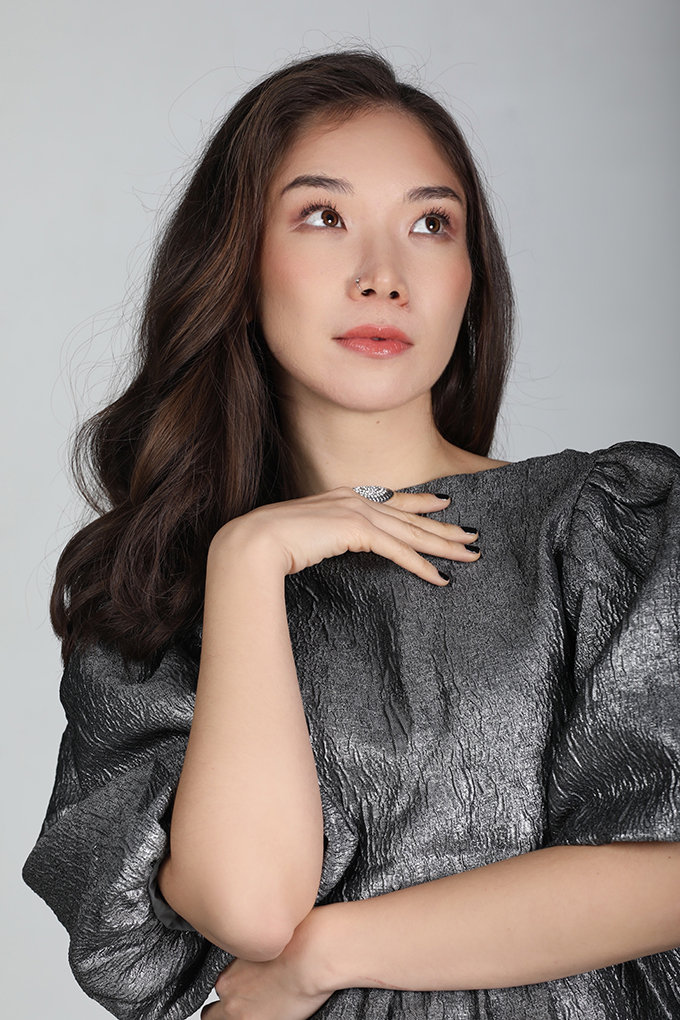
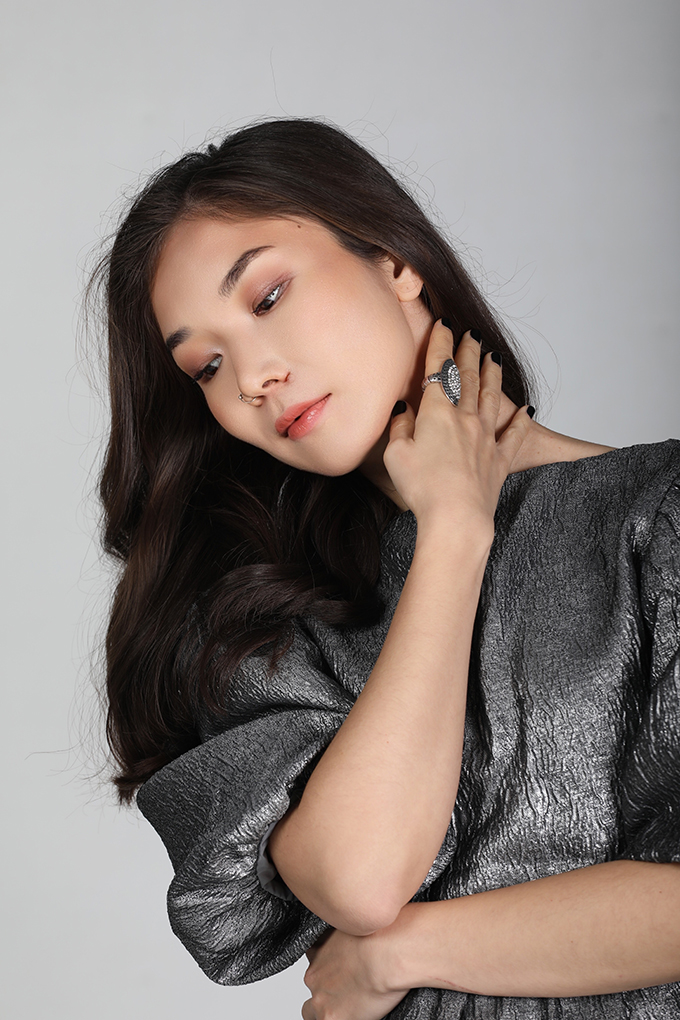
Your EP, Sfumature d’Amore, is centered around different forms of love. What drew you to this theme?
Love is often reduced to a romance, but it’s so much more than that. There’s the love between a parent and child, the love we cultivate within ourselves, the connection we feel with nature, and even the kind of love that asks nothing in return. Each track on the EP explores a different shade of love, showing that it is not a single emotion but a spectrum of experiences. And I wanted to honor that.
What impact do you hope your work has on your audience?
Q: Many artists struggle with self-doubt. How do you deal with moments of insecurity? And how do you maintain creative confidence?
I don’t think confidence means the absence of doubt, it means moving forward despite it. There are days when I question myself, my abilities, or feel I’m not good enough. But art isn’t about perfection; it’s about sincerity and vulnerability. It’s easy to get caught up in external validation — in other words, chasing an ego boost. At the end of the day, what matters most is how I feel about my work, what it means to me and whether I enjoy it. I try to approach creativity with curiosity rather than pressure.
You also teach and coach others in creative expression. What is your main message to your students?
That their voices matter. Whether they express themselves through performing arts, music or any other creative form, their perspective is unique and valuable. I noticed that nowadays people hesitate to express themselves because they fear judgment. And that’s why I try to create an environment where my students or people I work with feel safe to explore, to make mistakes, to be vulnerable. Creativity thrives in freedom, not in restriction.
What’s a common misconception people have about you?
That I always have clarity, that I know exactly what I’m doing. The truth is, I’m often overwhelmed by the fear of the unknown, but I choose to face it and explore anyway. I think that’s what life is really about: figuring things out as you go.
What’s next for you?
I want to continue evolving, both as a person and as an artist. I want to try and learn new things, step out of my comfort zone, challenge myself, while also contributing to society. I hope to keep offering people a sense of belonging through my art. If my creative work can bring even a fleeting moment of self-acceptance, hope, or joy, or help someone experience vulnerability, then I’ve fulfilled the purpose I hoped to achieve. [ V ]
